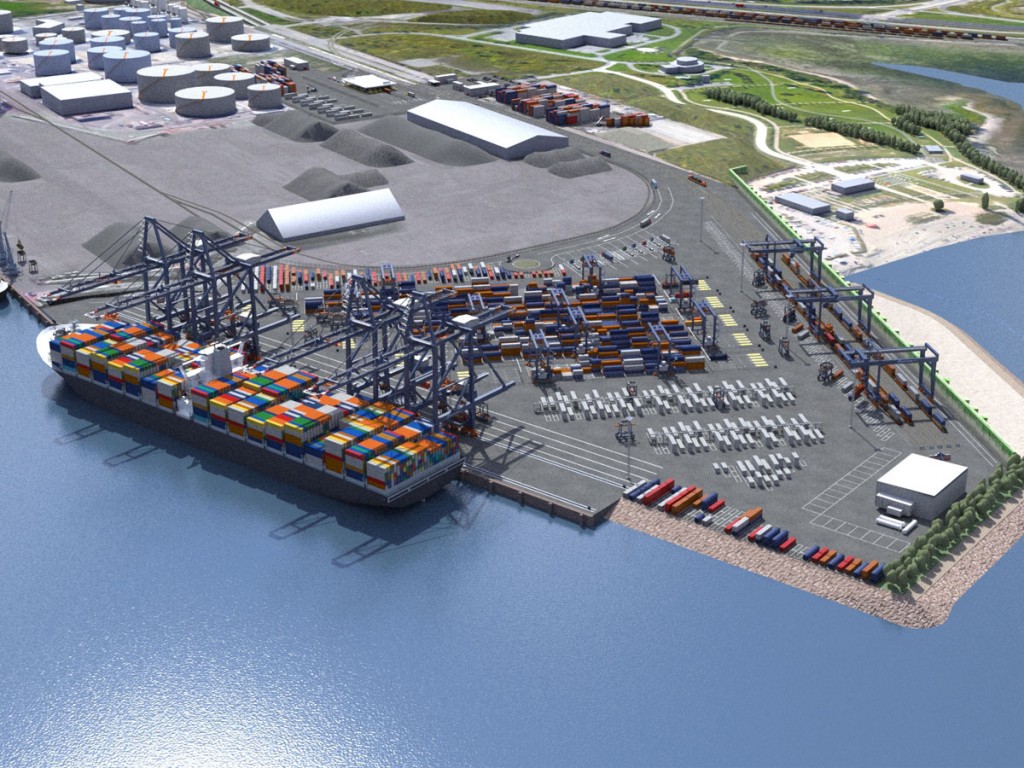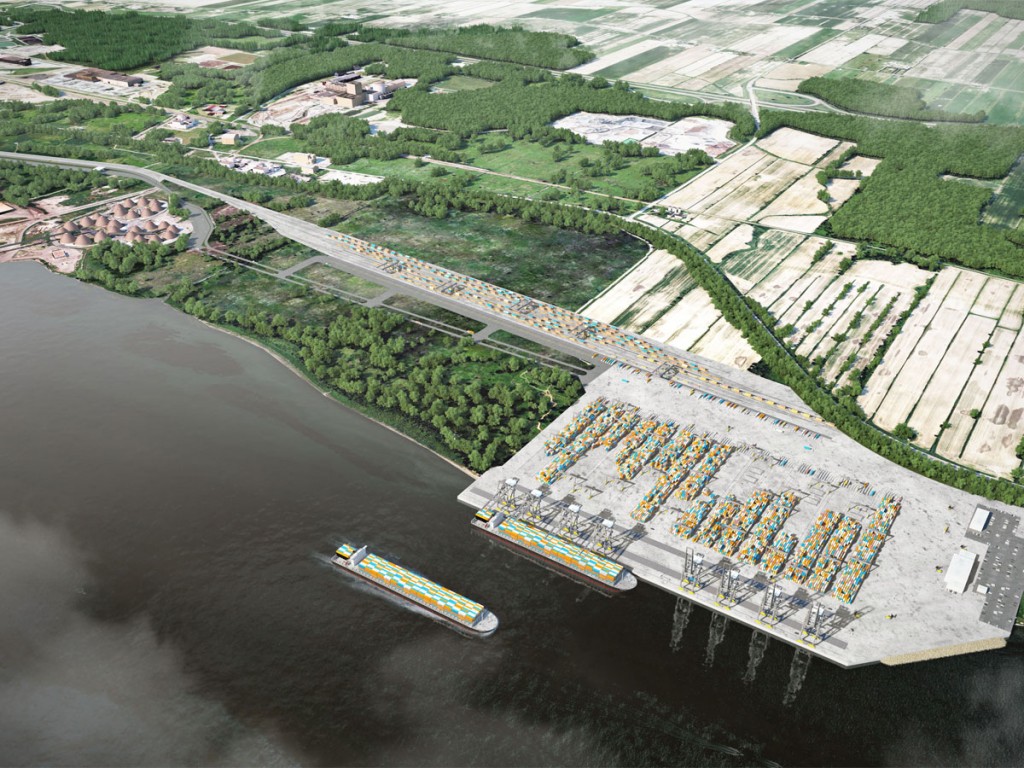While the Port of Montreal has successfully navigated through the demanding regulatory process paving the way to begin construction this year of a new container terminal, the same cannot be said for the Port of Quebec in its ambitious goal to become a second container port on the St. Lawrence River.

The so-called Laurentia project entails an investment of C$775 million by Hong-Kong based Hutchison Ports, CN and the Port of Quebec to build a deep water terminal conceived principally as a new maritime gateway between North America and Southeast Asia, targeting notably the Midwest market from its strategic location. Piloting the project is Don Krusel who spearheaded the transformation of Prince Rupert, British Columbia, into the fastest-growing container port in North America in the past decade.
At the outset, one should recall that projects such as Laurentia are automatically reviewed for national security reasons by the federal government under the Investment Canada Act that screens big foreign investments. This coincides with a time of possibly all-time lows in Canada-China relations provoked by the unwarranted arrest several years ago of two Canadians on alleged spying charges.
Canadian Arctic
Late in 2020, the Ottawa authorities blocked the sale of a gold mine in Canada’s Arctic region to a state-owned Chinese company. The acquisition would have given Chinese interests access to a Canadian Arctic port as well as proximity to a military installation some 60 miles away.
In the last two years, proposed investments by Hutchison have been turned down in Australia and Israel.
But most challenging for the moment for the Port of Quebec and its chief executive Mario Girard has been countering the impact and contents of a strongly negative environmental report last November by the Impact Assessment Agency of Canada.
The agency declared that in its present form the Laurentia project “is likely to cause significant adverse environmental effects.”
It referred in particular to “significant direct effects on fish and fish habitat, even with the application of mitigation, monitoring, compensation and follow-up measures.”
Further singled out was “significant direct and cumulative residual environmental effects on air quality and human health due to increased emissions of particulate matter and contaminants from fossil fuel combustion during both the construction and operational phases of the terminal in an environment previously saturated with airborne contaminants.”
The port has since submitted counter-arguments to the agency, and a final decision by the federal Environment Minister is anticipated by this summer.
But whereas many municipalities and businesses in the Province of Quebec support the project for its economic benefits, local environmental and citizen groups have been escalating their opposition to what they see as an attack on a unique rural coastal environment in Quebec.

Environmental Green Light for Montreal
For the Port of Montreal, a much different scenario has emerged for the container terminal project at Contrecoeur, situated 25 miles downstream on the St. Lawrence River. Costing about C$900 million, it would increase the port’s container capacity by about 1.15 million TEUs to 3.5 million TEUs upon planned completion in 2024 - 2025. Discussions with potential terminal operators have included Montreal Gateway Terminals Partnership and Termont Montreal, with no foreign group publicly identified thus far.
Several key milestones have been reached following the up to C$300 million in financial backing offered in December 2019 by the Canada Infrastructure Bank. Last summer, the Montreal Port Authority launched the public procurement process to prepare for the terminal’s design and construction, and the winning bidders will soon be announced.
On the critical environmental front, the outlook has been markedly boosted by the quite favorable late autumn report by the Impact Assessment Agency of Canada. The latter opined that the Contrecoeur terminal was “not likely to cause significant adverse environmental effects, taking into account the implementation of key implementation measures.”
Then, most recently (on January 12), the Quebec government pledged C$55 million in financial assistance to the Montreal Port Authority towards the Contrecoeur project.
However, before the Contrecoeur project enters full construction mode, Montreal port officials are anxiously awaiting a resolution of the prolonged, bitter conflict between the Montreal Employers Association and the union representing 1,125 dockers. The existing collective agreement expired on December 31, 2018. A series of work stoppages last summer provoked substantial vessel and cargo diversions and supply chain bottlenecks across much of eastern Canada. And a seven-month truce ended on March 21 with the two sides still at loggerheads, again inducing shippers to begin making contingency plans





